Features
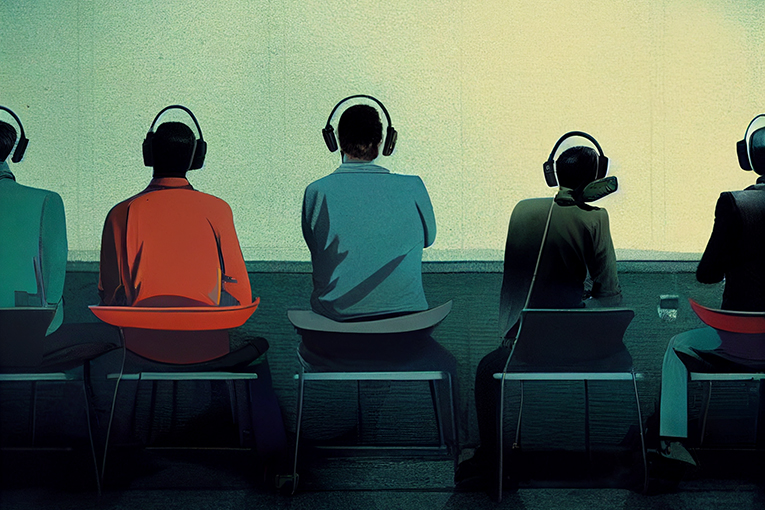
- Details
- Written by: Brent Butterworth
I should have expected this. The original paper that eventually resulted in the Harman curve was published ten years ago. Like practically every paper on audio that takes a strong stand, it was met with a mixture of praise, scorn, and indifference. Now others are responding by suggesting their own alternatives to the Harman curve—and headphone enthusiasts are left scratching their heads, wondering which, if any, of these will agree fully with their own ears.
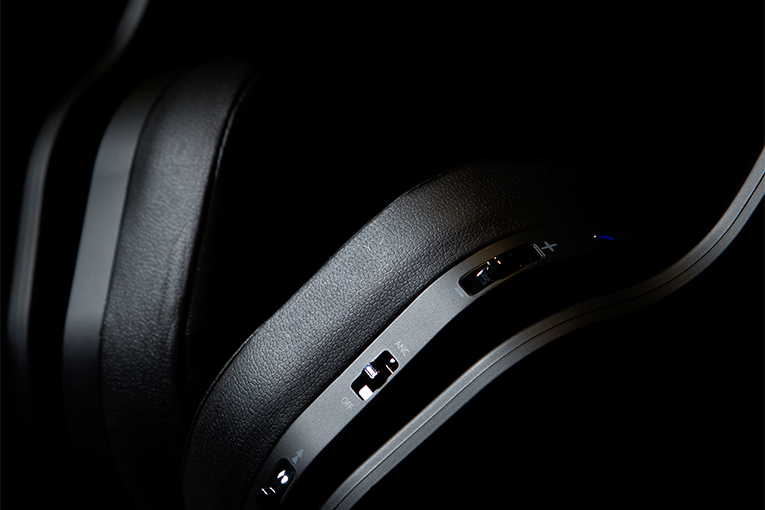
- Details
- Written by: Brent Butterworth
As I write this, the US Food and Drug Administration (FDA) has just published its long-awaited final guidelines for over-the-counter (OTC) hearing aids. There’s a lot of buzz about this development because it should make effective hearing aids more affordable. But it’s also going to revolutionize the headphone industry—and in ways that might not be good for the listener.
Read more: The Problem with Hearing Correction in Headphones

- Details
- Written by: Brent Butterworth
I’m going to stray a little beyond the headphone beat this month, because I just can’t contain myself. Recording episode 12 of the SoundStage! Audiophile Podcast with Dennis Burger pushed me past my limit of tolerance for nonsensical claims that audio manufacturers don’t even try to back up with valid testing and meaningful data.
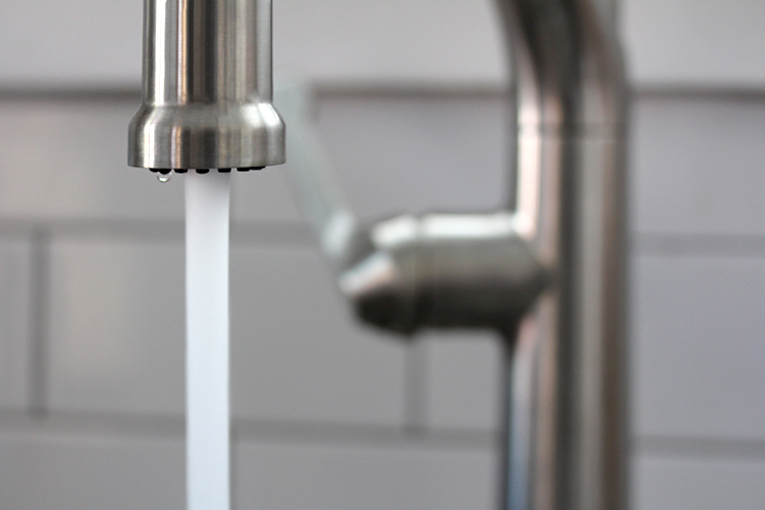
- Details
- Written by: Brent Butterworth
You don’t have to browse YouTube reviews or audio forums for long before you encounter misconceptions about current. Many consider current to be the measure of an amp’s quality. We seldom see current in a set of amplifier specifications, but we often see marketing blurbs that mention current. There seems to be a general consensus among audiophiles that more current—even if it’s just claimed in marketing copy rather than directly specified—equals better sound. We sometimes even see current mentioned in headphone amps, even though headphones that actually demand lots of current (relatively speaking, of course) are rare.
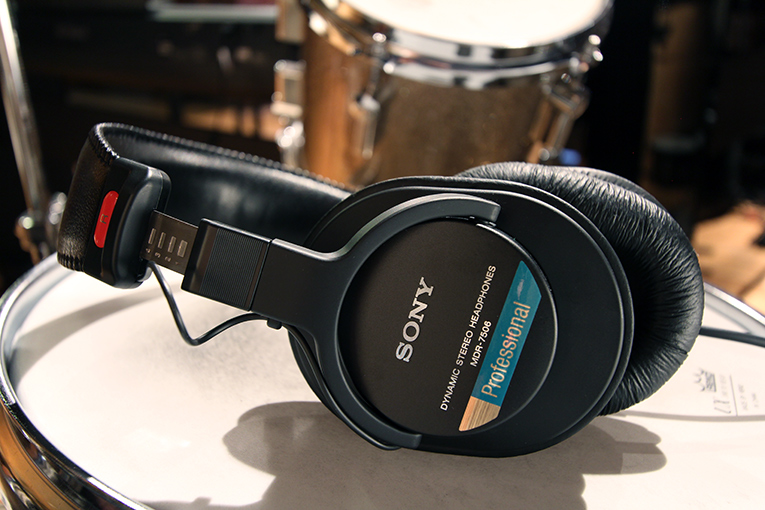
- Details
- Written by: Brent Butterworth
I’ve been writing regularly about headphones since the start of the headphone boom, back in the late ’00s. In those early days, good-sounding headphones were hard to come by. Sure, there were several great headphones available then—but as I learned when putting together headphone shootouts for Sound & Vision magazine, there were a lot more bad ones. That’s not so much the case today, thanks in part to the famous research behind the Harman curve. But what I consider the key finding in the Harman curve still often goes ignored—as I discovered last month in my review of the V-Moda Crossfade 2 Wireless Rolling Stones Tattoo You and some tests I recently conducted on the KRK KNS 8400 headphones.
Read more: The Big Mistake Many Headphone Makers Keep on Making
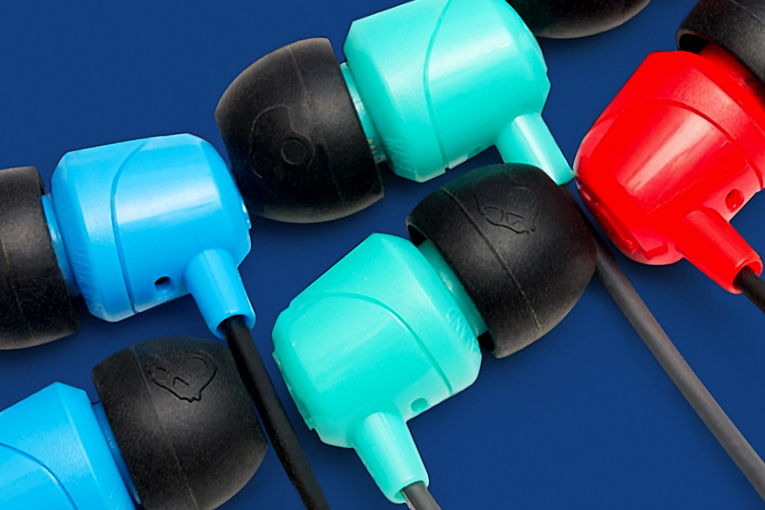
- Details
- Written by: Brent Butterworth
I’ve been writing audio product reviews for 30-plus years, and reading them for about 45 years, and there’s one question none of them have ever addressed—but that I, and many of my readers over the years, have often wondered about. Sure, the most dedicated reviewers can do thorough, informed evaluations of a product. But how do they know that what they heard is representative of what a reader buying that product will hear? We almost always get just one product sample—maybe, in unusual cases, two. But from Julian Hirsch to the 18-year-old reviewer who just started his own TikTok channel last week, we all assume—or perhaps more accurately, hope—that the sample we tested is representative of the ones our readers buy in a store or online.
Read more: How Consistent Is the Quality of Headphones and Earphones?
- David Chesky’s New New Revolution in Headphone Sound
- Why You Shouldn’t Always Rely on Measurements
- The Shocking Truth About Truck-Stop Earphones
- Are There Valid Objections to the Harman Curve?
- Is It Possible for Headphones to Sound Fast? (Or Slow?)
- The Four Things that Recording an Album Taught Me About Audio
- What Playing Music Taught Me About Audio
- Voicing Headphones, Part 3: Campfire Audio's Ken Ball and 64 Audio’s Vitaliy Belonozhko
- The #1 Red Flag in Audio Articles, Ads . . . and Everything Else
- How Not to Go Deaf from Headphone Listening
- What’s the Future of High-End Headphones?
- How Audio Writers Are Killing the Audio Industry
- Why Buying High-Quality Headphones Is a More Responsible Purchase
- Does It Make Sense to Demo Audio Over the Internet?
- The New Standard That Killed the Loudness War
- Headphones 2020: The Year in Review
- Three Cases Where Measurements Didn’t Work
- How Much Can We Really Tell From Listening?
- Balanced Armatures: Why You Might (or Might Not) Want Them
- The Coming Revolution in Headphone Sound Quality
- Can Accuracy in Music Reproduction Exist?
- The Biggest Lie in Audio
- Voicing Headphones, Part 2: HiFiMan’s Fang Bian and Focal’s Mégane Montabonel
- What Will the Next Generation of Headphones Be Like?
- How Far Have Headphones Come?
- Voicing Headphones, Part 1: PSB/NAD's Paul Barton and Dan Clark Audio's Dan Clark
- How Will Headphone Testing and Reviewing Change in the 2020s?
- What the AKG K371 Headphones Tell Us About "Slow Listening"
- Where Are We At With The Harman Curve?
- Why Headphone Amps Are More Interesting Than Speaker Amps
- 2019’s Most Important Headphone Presentation
- Noise Canceling Is Much More Complicated Than We Thought
- How Does Aging Affect Audio Perception?
- Noise-Canceling Headphones for 17 Cents?
- Is Chesky Dumping Binaural?
- Why My Fi Ain't Hi-Fi
- Latency: A New Concern for Audiophiles?
- How to Read Our Headphone Measurements
- Eardrum Suck: The Mystery Solved!
- Should Audio Gear be Considered Luxury Goods?
- Headphone Equalization Using Measurements
- Why Is It So Hard to Rate Headphones?
- Five Things Headphone Enthusiasts Get Right (and That the Two-Channel Guys Get Wrong)
- The Best Possible Way to Test Audio Products (and Why Most People Don't Do It)
- Will aptX Adaptive Improve Headphone Sound?
- Is the miniDSP EARS the Death of Headphone Measurement? Or its Savior?
- What Are Measurements Good For?
- How Much Noise Do Your Headphones Really Block?
- Why We're Launching "SoundStage! Solo"
SoundStage! Solo is part of
All contents available on this website are copyrighted by SoundStage!® and Schneider Publishing Inc., unless otherwise noted. All rights reserved.
This site was designed by Karen Fanas and the SoundStage! team.
To contact us, please e-mail info@soundstagenetwork.com





